It‘s always been experiential marketing’s aim to offer up experiences that engage consumers on a number of levels.
New forms of live event technology are now enriching personal brand experiences in whole new ways.
Live brand experiences should delight, captivate and deliver long-lasting memories. Doing so is key to building brand love and loyal fans, and it’s something no marketer can afford to ignore: a 2015 study by the Event Marketing Institute found that 98% of people believe that seeing a product or service marketed through an experiential marketing campaign would make them far more inclined to purchase it.
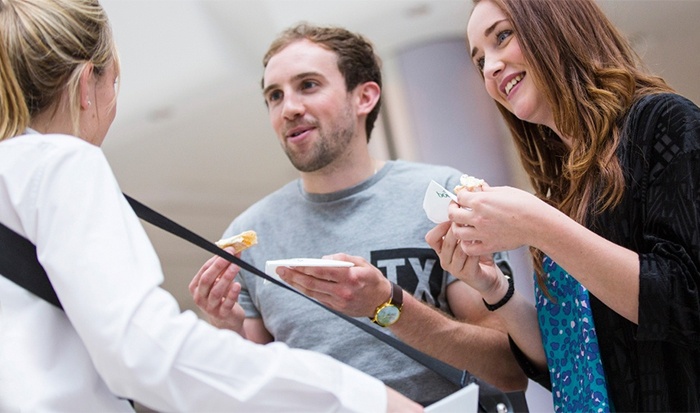
We’ve reached a point where brands now have to an increasingly wide range of tools available to deliver multi-sensory experiences that appeal to all of the five senses: sight, smell, taste, touch and sound. Let’s explore how.
Sight: Making the impossible possible
Huge advancements in the capability of Virtual Reality and Augmented Reality technologies have kicked open the doors for brands to deliver previously-impossible visual experiences to consumers. Oculus Rift is heralded as being responsible for the revival of VR, but a number of big names are now all clamouring to compete in this space. The landscape’s fixed to get very competitive, which will only mean that the technology becomes increasingly accessible and affordable for brands.
Brands such as Nissan and North Face have already taken advantage of the possibilities of VR, while Samsung actually used the technology to offer people the chance to swim with sharks. In the middle of the desert.
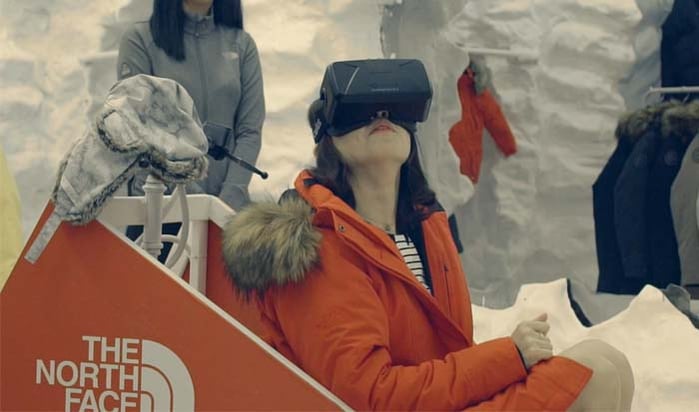
VR offers consumers the chance to travel to worlds never before conceivable, and the only limit is the imagination. AR can dazzle and enhance a real life experience by blending VR with the real world. Both allow consumers to see unforgettable sights.
Smell: The mighty power of the nose
Overlook the importance of smell at your peril. A study carried out by the Sense of Smell Institute (yes, this really does exist) found that people can remember more than 65% of what they smell even after a whole year has passed. That represents a big opportunity for FMCG brands especially.
The Boursin Sensorium took full advantage of this. The imaginative touring roadshow offered food lovers a whole new kind of experience, with flavour at the heart. The use of scented fans and cool air supported the experience of travelling through the inside of a fridge, offering mouth-watering scents in line with the cheese brand’s product portfolio. The “quirky and ambitious” approach really stood out to Masters of Marketing Awards judges, and proves that the nose knows best.
Taste: Product sampling pays off
Sampling has often been at the heart of live brand experiences. That’s destined to continue well into the future for good reason.
Sampling-focused activations, led by trained and trusted Brand Ambassadors, can be very powerful indeed. Done right, these are the perfect way for food and beverage brands to make sure that consumers get a ‘taster’ of a product in the right way, and under optimal conditions.
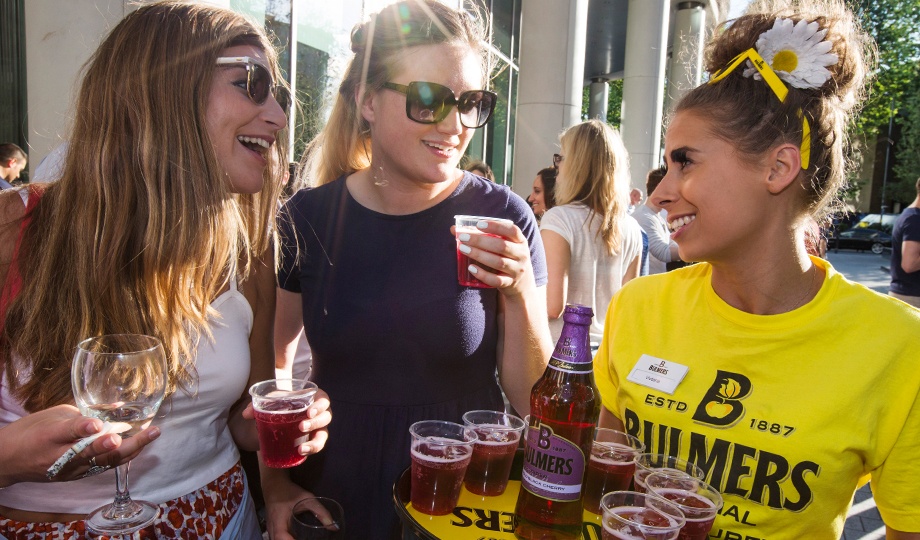
It takes a lot of planning and experience to get right, but it’s worth it. After all, you wouldn’t want to leave a bitter taste in the mouth.
Touch: A tangible experience
Our brains need to explore different textures and touch sensations to make sense of situations. For consumers, physically touching and interacting with a product can make the world of difference.
Touchscreen panels and screens are now widely used, but another piece of touch-focused technology is still in its relative infancy: smart gloves (such as GloveOne). These will allow users to interact with virtual objects and actually feel sensations. It’s the logical next step for VR.
Making touch a key part of a campaign can also be a whole lot of fun – as crisp brand Lay’s (Walker’s in the UK) perfectly demonstrated with a highly memorable human claw activation that got everyone talking.
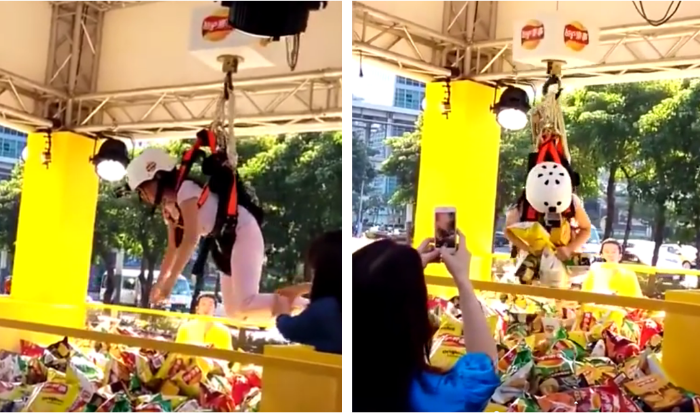 Sound: Listening out for success
Sound: Listening out for success
The way in which sound is used can completely transform a live brand experience, and this is particularly true where taste is involved.
A research study into the senses by Oxford University scientists found that music can actually influence taste. It revealed that, when background music was listened to during wine tasting, higher notes were associated with sweetness and lower notes with bitterness. A sound understanding of, well, sound, is crucial to experiential success.
Porsche understands the value of sound. A pop-up sensory experience from the luxury car brand in New York featured an immersive and acoustically treated room offering a selection of driving experiences. The combination of upbeat music, moving imagery and projection mapping offered the sensation of a high speed drive – the next best thing to actually being in the car.
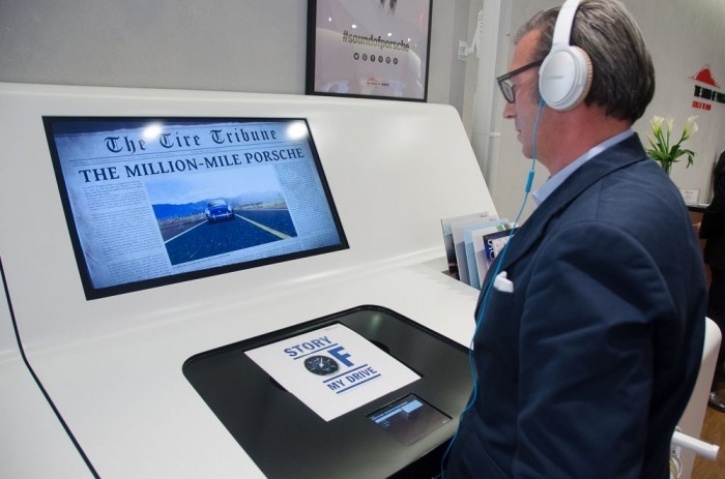
Well executed multi-sensory experiences will look to incorporate complementary soundtracks; ones that support the visual stimuli being presented and subtly feed into making an experience magical.
A multi-sensory approach makes sense
The capabilities of live creative technology now means that brands have a remarkable opportunity lying before them: the chance to allow consumers to fully connect with products and services by tapping into the very core of what makes us all human.
Taking the time to invest in carefully-planned experiential marketing activity that appeals to multiple senses can be the key to bringing messages to life and captivating target audiences.
Discover how live creative technology can connect people to your brand. Sign up now for our next live tech lunch and learn session, designed with brand marketers in mind.